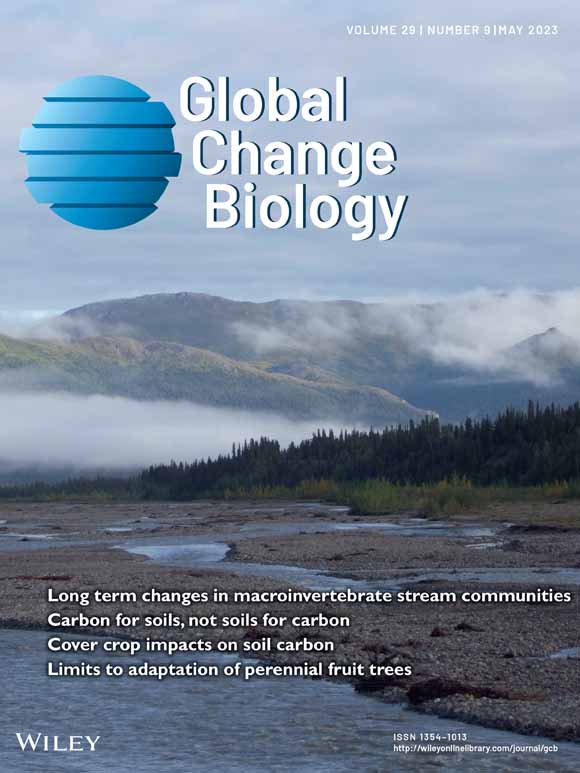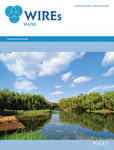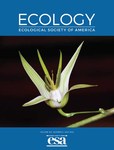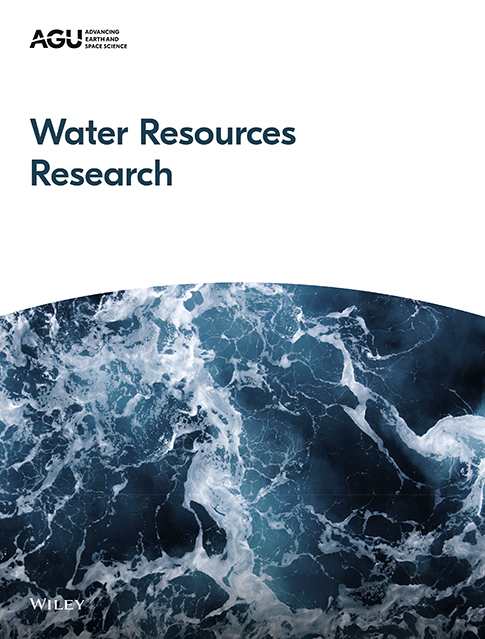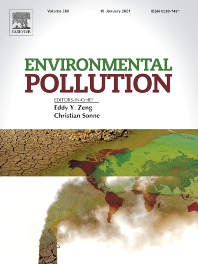Recent Developments and Emerging Challenges in Tracer-Aided Modeling
The authors reviewed recent advances and remaining challenges of tracer-aided modelling which offers insights into internal storages, water sources, flow pathways, mixing processes, and water ages, which cannot be derived from hydrometric data alone. Tracer data have the capability to falsify hydrological models and test hypotheses, and thus increase understanding of hydrological processes.
Diversification of macrophytes within aquatic nature-based solutions (NBS) developing under urban environmental conditions across European cities
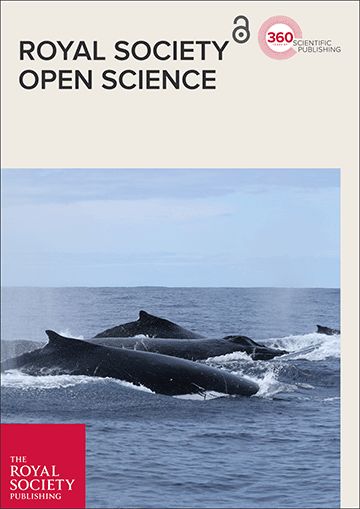
Collective escape waves provide a generic defence against different avian predators
Cell size explains shift in phytoplankton community structure following storm-induced changes in light and nutrients
In a LakeLab experiment we investigated whether cell size explains shifts in phytoplankton communities following changes in nutrient and light conditions from storm-induced nutrients and cDOM loadings. Cell size explained phytoplankton community structure when light availability declined following cDOM addition and cell-size distribution gradually shifted toward large-celled species.
DREAM(LoAX): Simultaneous Calibration and Diagnosis for Tracer-Aided Ecohydrological Models Under the Equifinality Thesis
The authors developed a new algorithm DREAM(LoAX) as an effective conditioning tool to consider epistemic uncertainty in process-based models. It provides real-time diagnostic information of model failures for identification of uncertainty in data or flaws in model structure, and hence is a learning tool for limitations in current monitoring networks and development of future models.
Weak salinization alleviates the harmful impact of cyanobacteria on water fleas
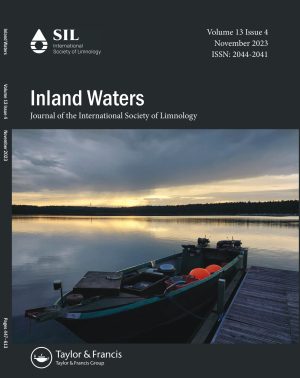
Influence of macronutrient and iron enrichment on phytoplankton productivity and community dynamics: An in situ microcosm study in a drinking water supply reservoir
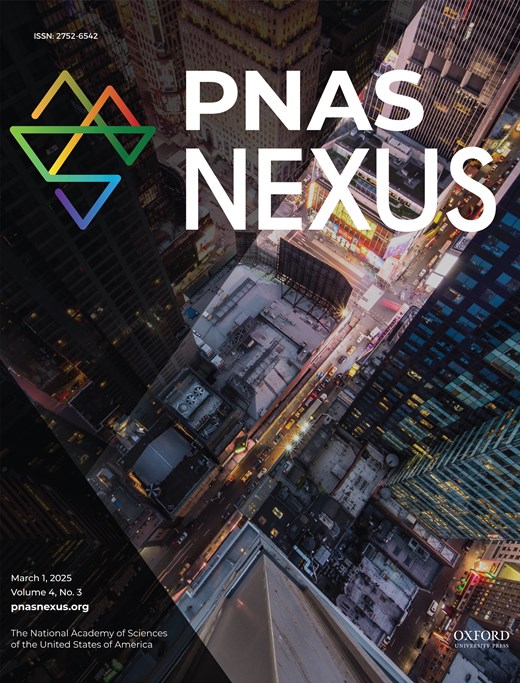
The future potential of controlled environment agriculture
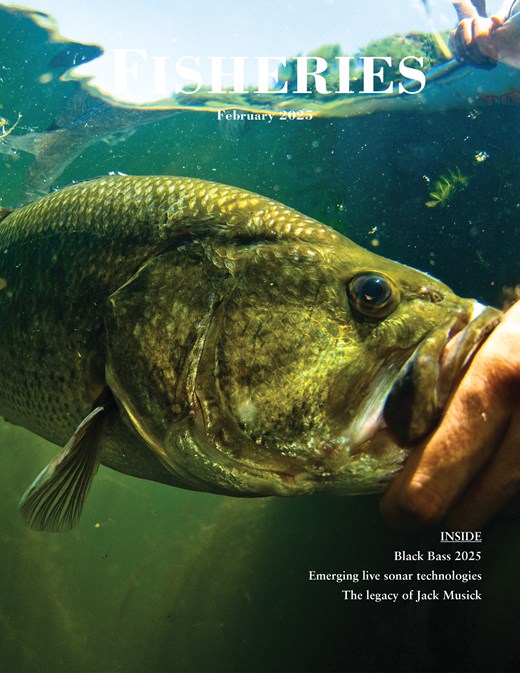
Individual outcomes matter in the context of responsible and sustainable catch-and-release practices in recreational fisheries and their management
